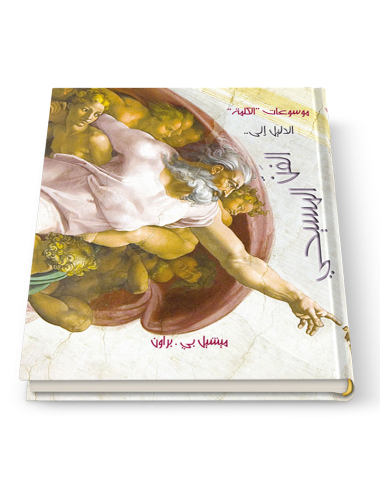Concept of Tampering in Philosophy and Art
This book is a cry of protest against those who rejoice at the death of ideas and doctrines and declare in a foolish trance that existentialism is dead
0 kg - 5 kg
This book is a cry of protest against those who rejoice at the death of ideas and doctrines and declare in a foolish trance that existentialism is dead
The subject of fiction has received clear interest from many philosophers, both idealists and empiricists. We will depart from the subject of our studies if we try to follow the opinions of modern philosophers in this regard
Where did the Bible come from? Author Craig D. Allert encourages more evangelicals to ask that question. In A High View of Scripture? Allert introduces his audience to the diverse history of the canon's development and what impact it has today on how we view Scripture. Allert affirms divine inspiration of the Bible and, in fact, urges the very people who proclaim the ultimate authority of the Bible to be informed about how it came to be. This book, the latest in the Evangelical Ressourcement series, will be valuable as a college or seminary text and for readers interested in issues of canon development and biblical authority.
As a life raft for beginners and their supervisors, Where to Start and What to Ask provides all the necessary tools for garnering information from clients. Lukas also offers a framework for thinking about that information and formulating a thorough assessment. This indispensable book helps therapeutic neophytes organize their approach to the initial phase of treatment and navigate even rough clinical waters with competence and assurance.
Christianity has been a central force in the shaping of western culture. It is not surprising, therefore, that the greatest artists down the centuries have sought to paint its story. This book tells the history of Christian art, exploring the purpose behind the masterpieces and looking at the context in which they were created. The modern secular reader who feels detached from the meaning of the paintings will be helped to understand their emotional as well as their asethetic power. And the Christian reader will be encouraged to explore further the wonder and beauty of the Christian cultural legacy. The book includes a final chapter on the way modern artists are continuing and changing the legacy.
Does this have anything to do with the Bible, the book that has profoundly influenced Western culture? Is there archaeological evidence that bears on the Bible? Are the narratives of the Bible, especially those from 3,000 and more years ago, myth or history? Is a scientific discipline like archaeology even compatible with an obviously religious book like the Bible? These are relevant questions that this book will seek to answer.’
This book deals with discussing topics at the same time. This may be a possible opportunity and a possible opportunity coincides with a unique opportunity.
What the future will bring? This issue, which opens Young undiscovered Self in this book, which is one of the most influential books there is no more important problem in our society today the plight of the individual in today's world the most systematic and rigorous.
What is art criticism?
What are the boundaries between art criticism and social criticism?
What are the different streams of criticism?
What is the contemporary critical landscape?















